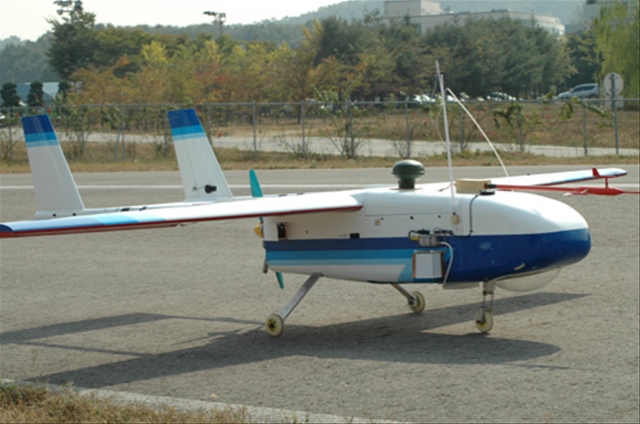
Let's start A "3D Robotics" league
Chris Anderson
The Long Tail
March 04, 2007

We're big fans of the FIRST robotics championships [ http://www.usfirst.org/ ] in our house and are of course starting to work on our own Lego League [ http://www.firstlegoleague.org/default.aspx?pid=21380 ] sumo wrestling entries. But as challenging as it to create autonomous wheeled robots that can fight others or navigate mazes or obstacle courses, there's one thing that could be made even harder. You could add another dimension.
All the FIRST robotics contest are held on a two-dimensional plane (the ground or a tabletop). But what if you let the battle take to the skies, too? What if we created a competition for semiautonomous model airplanes, helicopters and rockets? Call it the 3D Robotics League.
After all, modern UAVs grew out of the radio-control airplane scene and the technologies that allow them to fly themselves--gyros, video and other sensors, GPS, digital radio and onboard microprocessors--are now shrinking in size and falling in price at a rapid pace. You can buy a model airplane today for less than $60 [ http://hobbyzone.com/rc_planes_hobbyzone_firebird_phantom.htm ] that has an onboard computer and basic sensors, and standard model helicopters have gyroscopes and autopilot modes. GPS chips are already small enough to fit into cellphones.
We're right on the verge of an era where it will be possible for regular people, not just engineers, to create home-built UAVs and guided rockets. So why not create a formal set of challenges so that innovative teams could advance the state of the art, just as the FIRST league has done for terrestrial robotics? (In fact, the Koreans already have such a competition [ http://www.koreauav.com/e_3.htm ]. The picture above is from that [ http://koreauav.dmedia.co.kr/bbs/list.php?table=board38 ].)
Autonomous aircraft challenges could include navigating a course, dropping a marker near a target, dogfighting with another plane (using ultrasonic tagging), or landing near a designated spot, all pilotless. Some levels of competition would allow for piloted take-offs and landings and switching into autonomous mode for the competition part of the flight, while more advanced levels would be entirely under computer control.
For rockets, the competition would probably be of the surface-to-air missile variety--ranging from popping a balloon to hitting a target towed behind a model airplane. This might be seen as politically incorrect in an era where terrorists with Stingers are a real threat, so I may have to think of something less warlike. But you get the idea.
I was chatting about this with folks (including Larry Page, who is another RC plane enthusiast, of course) at the X-Prize Foundation [ http://www.xprize.org/ ] dinner at the Google headquarters last night. The X-Prize is also a competition in the skies and the star-studded guest list (from Richard Branson to Tipper Gore to Robin Williams [ http://feeds.feedburner.com/~r/oreilly/radar/atom/~3/99275705/tidbits_from_th_1.html ]) was a testament to how widely that resonates. I don't think 3D Robotics needs an equally grand challenge and prize cup, but I do think that a little formal competition could really revolutionize the hobbyist scene, bridging robotics and radio control and creating a whole new level of challenge.
So now to do a little research and see who's already working in this field in the Bay Area and might want to get this started. Will Wright [ http://en.wikipedia.org/wiki/Will_Wright ] ? Squid Labs [ http://www.squid-labs.com/ ] ? Steve Jurvetson [ http://telstarlogistics.typepad.com/telstarlogistics/2006/12/can_steve_jurve.html ] ? RoboGames [ http://www.robogames.net/ ] ? We'll see what a little emailing generates.
Meanwhile, when one of my kids' guided rocket shoots down a sibling's UAV, I will be a very proud father indeed.
Copyright 2007 http://www.thelongtail.com/